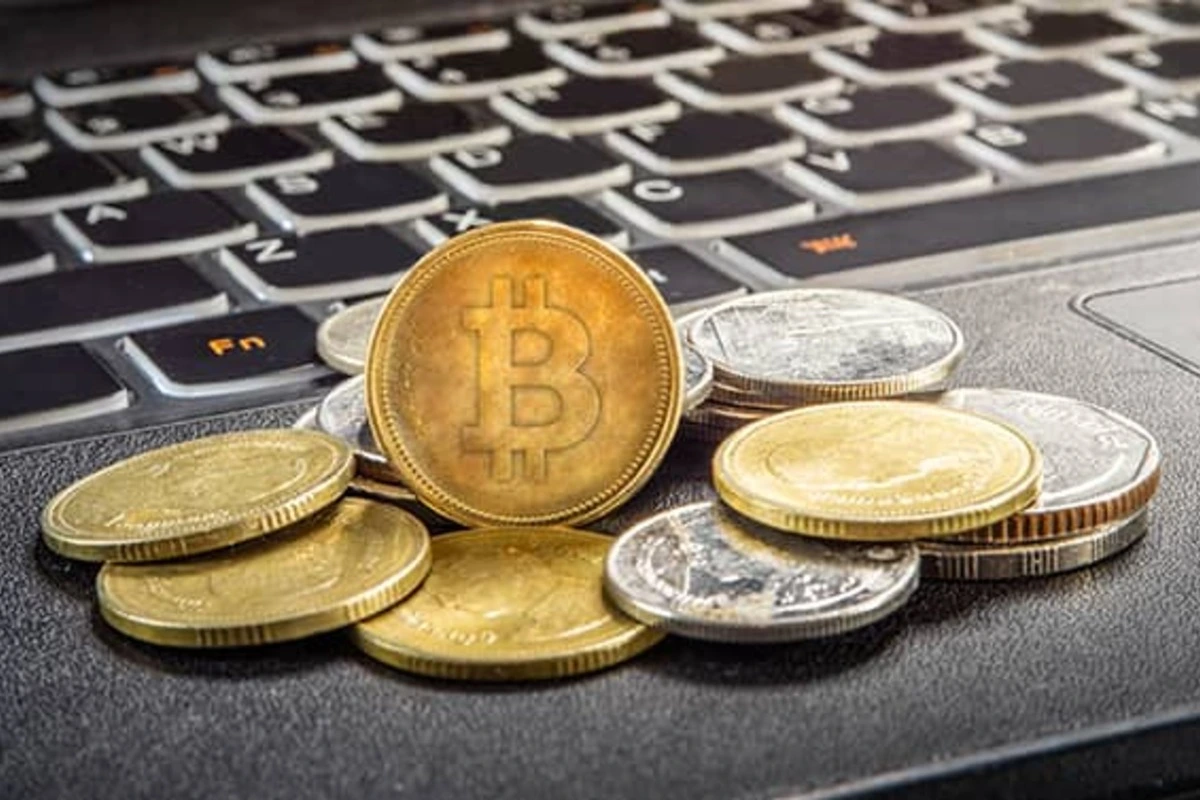Cryptocurrency, often shortened to crypto, has become a buzzword in recent years. But what exactly is it? Is it real money? And how does it work? This comprehensive guide will break down the world of cryptocurrency in simple terms, making it easy for anyone to understand.
What is Cryptocurrency?
Imagine a digital payment system that doesn’t rely on banks or governments to verify transactions. That’s the core concept behind cryptocurrency. It’s a decentralized system that allows people to send and receive payments directly, peer-to-peer.
Unlike traditional currencies like rupees or dollars, crypto exists solely in digital form. You can’t hold it in your hand like a bill or coin. Instead, ownership of cryptocurrency is recorded in a digital ledger called a blockchain – a secure and transparent database that everyone can access.
Here’s a key point to remember: cryptocurrency isn’t physical money. It’s more like a digital asset that can be used for payments or investments.
How Does Cryptocurrency Work?
Let’s delve deeper into the mechanics of cryptocurrency. Here are the fundamental pillars:
1. Blockchain Technology:
As mentioned earlier, blockchain is the backbone of cryptocurrency. It’s a distributed ledger that keeps track of all crypto transactions. Every transaction is added to a block, and these blocks are chained together chronologically, creating a tamper-proof record. This ensures security and transparency, as everyone can see the history of transactions.
2. Mining:
New units of cryptocurrency are created through a process called mining. Miners are essentially powerful computers that solve complex mathematical problems to verify and add new transactions to the blockchain. As a reward for their work, miners receive a certain amount of cryptocurrency.
3. Crypto Wallets:
To store your cryptocurrency, you’ll need a crypto wallet. These are digital wallets that hold the private keys necessary to access and spend your crypto holdings. There are different types of wallets, including software wallets, hardware wallets, and exchange wallets.
4. Buying and Selling Cryptocurrency:
Cryptocurrencies can be bought and sold on cryptocurrency exchanges. These online platforms connect buyers and sellers, allowing you to trade your crypto for other currencies or fiat money (traditional government-issued currencies).
Is Crypto Legal in India?
The legality of cryptocurrency in India is still evolving. As of now, there’s no specific legislation that outlaws cryptocurrency ownership or possession. However, the Reserve Bank of India (RBI) has cautioned users about the risks associated with cryptocurrencies.
The Indian government is currently working on a framework to regulate cryptocurrencies. It’s important to stay updated on any regulatory changes that might impact crypto usage in India.
Is Crypto Real Money?
This is a debatable topic. Cryptocurrency can be used for payments like money, but it’s not yet widely accepted as legal tender by most governments. Additionally, the value of cryptocurrency can fluctuate significantly, making it a more volatile investment compared to traditional currencies.
So, while crypto can be a medium of exchange, it doesn’t necessarily meet all the traditional definitions of money.
Types of Cryptocurrency
The world of cryptocurrency extends beyond just Bitcoin (the most well-known one). Here’s a breakdown of the four main types:
1. Payment Cryptocurrencies:
These are digital assets designed primarily for making payments. Bitcoin, Ethereum, Litecoin, and Ripple are some popular examples. They allow for fast, borderless transactions with lower fees compared to traditional methods.
2. Utility Tokens:
These tokens provide access to specific products or services within a particular blockchain ecosystem. For instance, a company might launch a utility token that grants users access to its online platform or discounts on its services.
3. Stablecoins:
Unlike other cryptocurrencies whose value can be highly volatile, stablecoins are designed to maintain a stable price. They’re often pegged to real-world assets like the US dollar or gold, which helps minimize price fluctuations.
4. Central Bank Digital Currencies (CBDCs):
These are digital versions of traditional fiat currencies issued and controlled by central banks. CBDCs are still under development, but they have the potential to revolutionize how governments manage and distribute money.
Is Crypto Safe?
Cryptocurrency carries inherent risks. Here are some things to consider:
- Volatility: Cryptocurrencies can experience significant price swings, making them a risky investment.
- Security: Crypto wallets can be vulnerable to hacking, so it’s crucial to choose a secure wallet and maintain strong password practices.
- Regulation: The regulatory landscape surrounding cryptocurrency is constantly evolving, which can create uncertainty for users.
Here are some tips for staying safe in the crypto world
- Do your research before investing in any cryptocurrency.
- Only invest what you can afford to lose.
- Use a secure crypto wallet and keep
Disclaimer: (This information is provided solely for informational purposes. It is important to note that investing in the market or a business idea involves market risks. Before investing money as an investor/ owner/ partner, always consult an expert. DNP News Network Private Limited never advises to invest money on stocks or any specific business idea. We will not be liable for any financial losses.)












